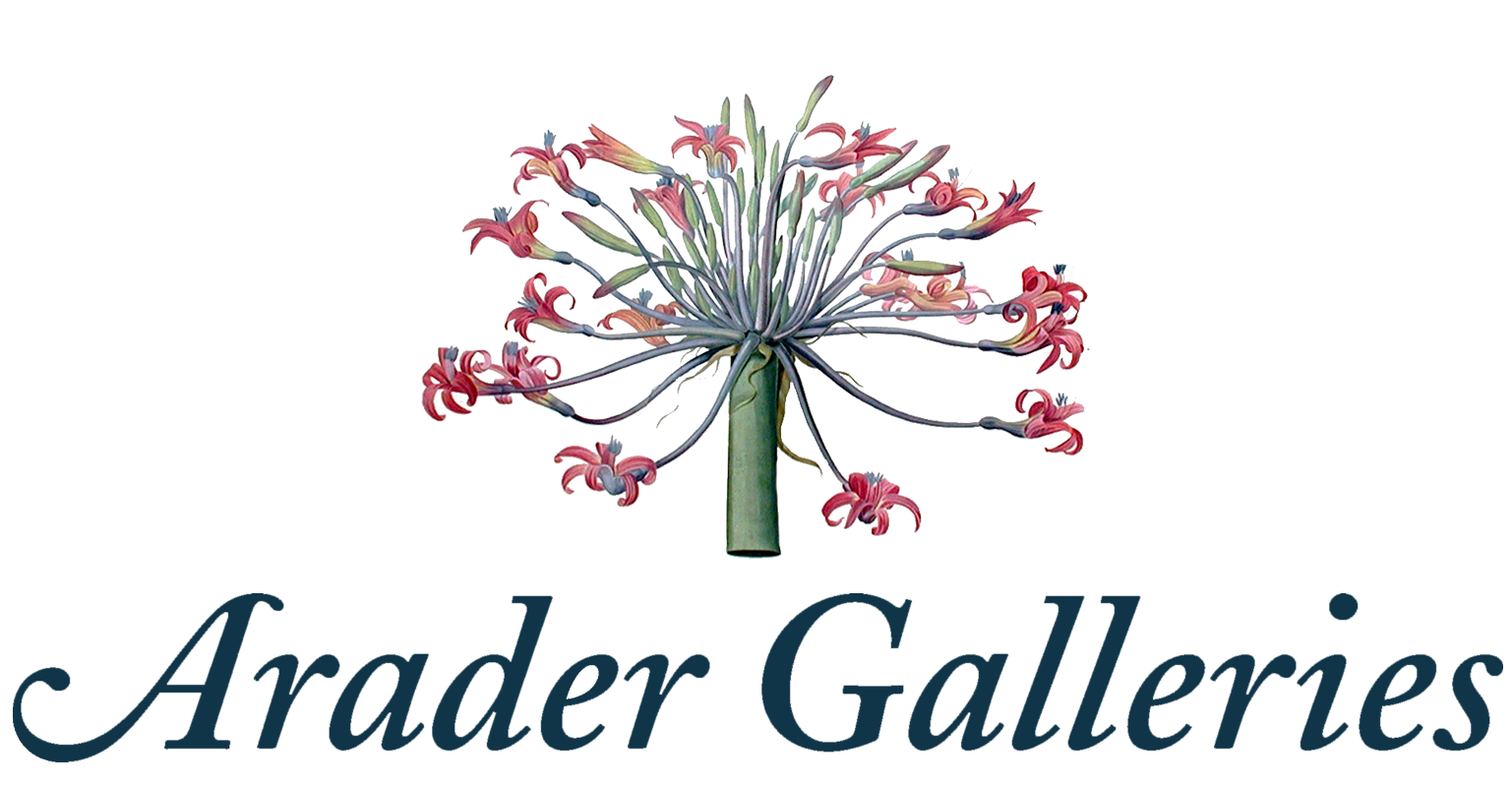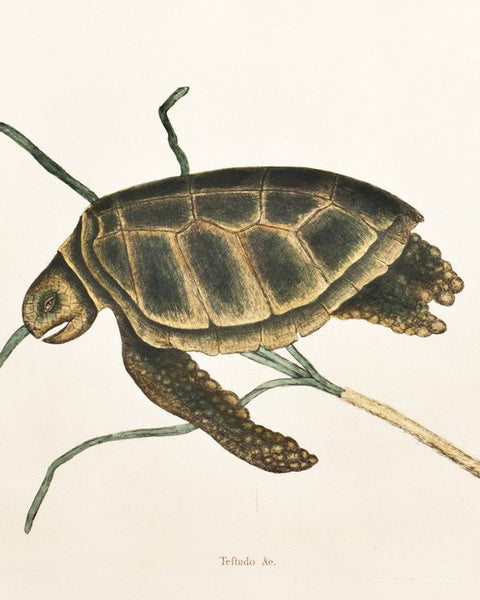Arader Galleries
Framed-The Grunt & Mullet Fish
Pickup currently unavailable
Mark Catesby (1683-1749)
The Grunt & Mullet Fish
From: The Natural History of Carolina, Florida & The Bahamas Volume II.
London; 1771
Copperplate engraving with original hand color.
Paper Dimensions: 12.25 x 17.75 in.
Framed Dimensions: 22 x 25.5 in.
In 1712, Mark Catesby came into a small inheritance which enabled him to fulfill a long-standing dream and book passage to America. His sister was married to the Secretary to the Governor of Virginia, and was able to provide him with introductions to the leading men of the Colonies. During the next seven years, he travelled extensively to collect and record the flora and fauna of the New World. Many of the specimens were sent to England; soon they found their way into gardens in Paris, Leyden, and Danzig.
Encouraged by his English friends, (including many members of the Royal Society) Catesby returned in 1722 and walked over most of what is now Virginia, Georgia, and the Carolinas. In 1725, he extended his research to the Bahamas. The notebooks that he filled with drawings and the packing-cases of preserved speciments were the raw material for an unprecedented project: a scientific account of heretofore unknown wildlife, with illustrations taken from life. The text recorded his personal observations, as well as theories, legends, and folktales gathered over the course of a decade.
Unable to interest sponsors for his massive Natural History, Catesby learned to etch copperplates from Joseph Goupy, a French artist then working in London. He produced all but two of the plates for his Natural History and either painted the impressions himself or closely supervised the work to insure its fidelity to his models.
Catesby’s Natural History is considered to be one of the great achievements of natural science in the 18th century. “In designing the plants,”’ he said, “I always did them while fresh and just gathered: and the animals, particulary the birds, I painted while alive, (except a very few) and gave them their gestures...I have adapted the birds to those plants on which they fed, or have relation to. Fish, which do not retain their colours when out of their element, I painted at different times, having a succession of them procured while the former lost their colors...”.


